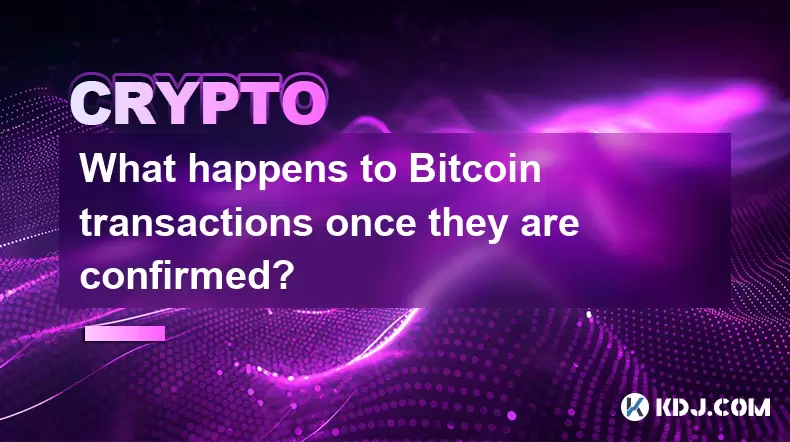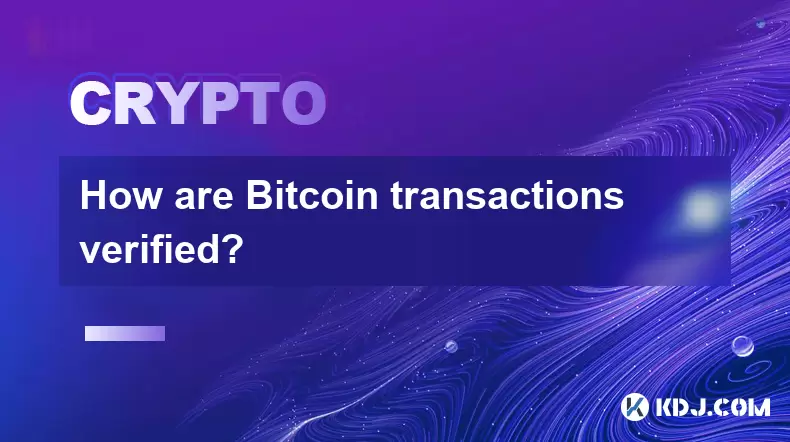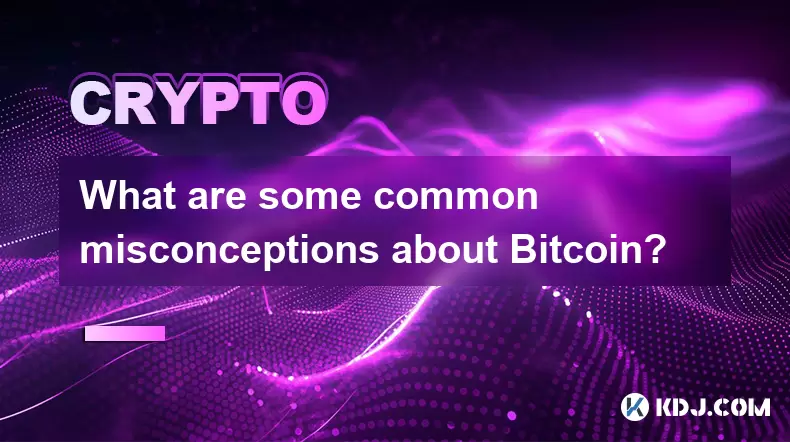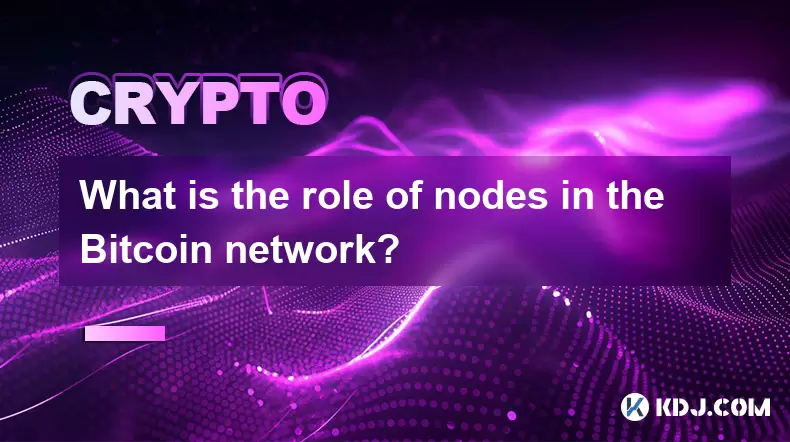-
 Bitcoin
Bitcoin $116400
-0.36% -
 Ethereum
Ethereum $4033
3.40% -
 XRP
XRP $3.302
-1.26% -
 Tether USDt
Tether USDt $1.000
-0.02% -
 BNB
BNB $796.1
1.67% -
 Solana
Solana $177.8
1.89% -
 USDC
USDC $0.9999
0.00% -
 Dogecoin
Dogecoin $0.2314
4.09% -
 TRON
TRON $0.3381
0.14% -
 Cardano
Cardano $0.7989
1.22% -
 Stellar
Stellar $0.4496
-1.84% -
 Chainlink
Chainlink $20.42
9.42% -
 Hyperliquid
Hyperliquid $41.17
0.88% -
 Sui
Sui $3.914
3.77% -
 Bitcoin Cash
Bitcoin Cash $584.7
1.52% -
 Hedera
Hedera $0.2632
-0.54% -
 Avalanche
Avalanche $24.09
3.40% -
 Ethena USDe
Ethena USDe $1.001
-0.02% -
 Litecoin
Litecoin $123.2
1.33% -
 Toncoin
Toncoin $3.318
-0.04% -
 UNUS SED LEO
UNUS SED LEO $8.984
-0.05% -
 Shiba Inu
Shiba Inu $0.00001323
2.85% -
 Uniswap
Uniswap $10.90
4.41% -
 Polkadot
Polkadot $3.999
3.34% -
 Dai
Dai $1.000
0.01% -
 Cronos
Cronos $0.1630
9.64% -
 Bitget Token
Bitget Token $4.484
0.82% -
 Monero
Monero $272.4
2.44% -
 Pepe
Pepe $0.00001173
6.03% -
 Aave
Aave $290.8
2.88%
How does the Bitcoin network operate?
The Bitcoin network relies on decentralized nodes and miners to validate transactions, secure the blockchain via Proof-of-Work, and maintain consensus without central authority.
Aug 09, 2025 at 02:21 pm

Understanding the Bitcoin Network Infrastructure
The Bitcoin network operates as a decentralized peer-to-peer system that enables the transfer of value without relying on intermediaries such as banks or governments. At its core, it is maintained by a global network of computers, known as nodes, which communicate with each other to validate and relay transactions. Each node stores a complete copy of the blockchain, a public ledger that records every transaction ever made in Bitcoin. When a user initiates a transaction, it is broadcast to the network and collected by nodes for verification. These nodes check the digital signatures, confirm the sender has sufficient funds, and ensure the transaction hasn’t already been spent—preventing double-spending.
Nodes propagate valid transactions across the network, forming a pool known as the mempool. From here, miners select transactions to include in the next block. The decentralized nature of the network ensures no single entity controls the flow of information. Instead, consensus is achieved through a predefined set of rules enforced by every node independently. This architecture ensures transparency, security, and resilience against censorship or failure.
The Role of Mining and Proof-of-Work
Mining is the process by which new blocks are added to the Bitcoin blockchain. Miners compete to solve a complex cryptographic puzzle based on the SHA-256 algorithm. This puzzle requires significant computational power and energy, forming the basis of Bitcoin’s Proof-of-Work (PoW) consensus mechanism. The first miner to find a valid solution broadcasts the new block to the network. Other nodes then verify the solution and the transactions within the block before accepting it.
The difficulty of the puzzle automatically adjusts approximately every two weeks—specifically every 2,016 blocks—to maintain an average block time of 10 minutes. This adjustment ensures network stability regardless of how many miners are active. Miners are incentivized through two mechanisms: the block reward, which is newly minted Bitcoin (currently 6.25 BTC per block as of 2024), and transaction fees paid by users to prioritize their transactions. This combination encourages honest participation and secures the network against malicious actors.
Transaction Verification and the Blockchain Structure
Every Bitcoin transaction consists of inputs and outputs. Inputs reference previous transaction outputs that the sender owns, while outputs specify the recipient’s address and the amount sent. Each transaction is signed with the sender’s private key, proving ownership. Nodes verify these signatures using the corresponding public key. Once verified, transactions are grouped into blocks by miners.
Each block contains:
- A block header with metadata, including a timestamp, nonce, and the hash of the previous block
- A list of transactions
- The Merkle root, a cryptographic summary of all transactions in the block
The hash of the previous block creates a chronological chain, making it extremely difficult to alter past transactions. Any change in a prior block would require recalculating all subsequent block hashes—a computationally infeasible task given the network’s cumulative hash power. This immutability is central to Bitcoin’s trust model.
Wallets and Key Management
Users interact with the Bitcoin network through wallets, software or hardware tools that manage private and public keys. A public key generates a Bitcoin address, which acts like an account number for receiving funds. The private key, kept secret, allows the owner to sign transactions and spend their Bitcoin. Losing access to the private key means losing access to the funds permanently.
Wallets come in various forms:
- Hot wallets (connected to the internet), such as mobile or desktop apps
- Cold wallets (offline), like hardware or paper wallets, which offer higher security
When sending Bitcoin, the wallet constructs a transaction using the recipient’s address, the amount, and a fee. It then signs the transaction with the private key and broadcasts it to the network via a node. The transaction remains unconfirmed until included in a block. Users can monitor transaction status using block explorers by searching for the transaction ID (TXID).
Network Consensus and Fork Handling
Consensus in the Bitcoin network is achieved when the majority of nodes agree on the validity of the blockchain. Occasionally, two miners may solve the PoW puzzle nearly simultaneously, resulting in a temporary fork—two competing versions of the blockchain. Nodes continue building on whichever version they receive first. The fork resolves when one chain becomes longer. The network automatically accepts the longest valid chain, and the other branch is abandoned. Transactions in the shorter chain that weren’t included are returned to the mempool for reprocessing.
Nodes enforce strict consensus rules, such as the 21 million BTC supply cap and block size limits. Any block violating these rules is rejected, even if it has valid proof-of-work. This rule enforcement prevents unauthorized inflation or protocol deviations. Updates to the protocol, known as soft forks or hard forks, require widespread node and miner support to avoid permanent splits in the network.
Setting Up a Full Node: A Step-by-Step Guide
Running a full node enhances network security and allows independent transaction verification. Here’s how to set one up:
- Download Bitcoin Core from the official website (https://bitcoin.org)
- Install the software on a computer with at least 350 GB of free disk space and a stable internet connection
- Launch the application; it will begin downloading the entire blockchain, which may take several days
- Configure settings such as port forwarding on your router to accept incoming connections (port 8333)
- Enable pruning if disk space is limited, allowing the node to discard old blocks while still validating new ones
- Keep the software updated and ensure the node runs consistently to contribute effectively to the network
Once synchronized, the node will validate all transactions and blocks independently, enforcing consensus rules without trusting third parties.
Frequently Asked Questions
What prevents someone from altering a past transaction in the blockchain?
Altering a transaction would require changing the block it’s in and all subsequent blocks. This demands recalculating the proof-of-work for each, which is computationally infeasible due to the network’s immense hash power. Additionally, nodes would reject the altered chain if it doesn’t follow consensus rules.
How are transaction fees determined?
Fees are based on transaction size in bytes and network congestion. Users can set fees manually; higher fees increase the likelihood of quick inclusion in a block. Wallets often suggest optimal fees based on current mempool conditions.
Can Bitcoin operate without miners?
No. Miners secure the network by validating transactions and creating new blocks. Without miners, no new transactions could be confirmed, and the blockchain would halt. The incentive structure ensures continued miner participation.
What happens if my transaction remains unconfirmed for a long time?
Low-fee transactions may stay in the mempool for hours or days. Some wallets support Replace-by-Fee (RBF), allowing resubmission with a higher fee. Otherwise, the transaction may eventually drop from the mempool and can be rebroadcast.
Disclaimer:info@kdj.com
The information provided is not trading advice. kdj.com does not assume any responsibility for any investments made based on the information provided in this article. Cryptocurrencies are highly volatile and it is highly recommended that you invest with caution after thorough research!
If you believe that the content used on this website infringes your copyright, please contact us immediately (info@kdj.com) and we will delete it promptly.
- Shiba Inu (SHIB) in the Crypto Landscape: Community, Trends, and Future Outlook
- 2025-08-09 20:30:12
- Solana, Unilabs, and Social Trends: Decoding the Crypto Buzz
- 2025-08-09 21:10:12
- Dogecoin, Meme Coins, and Layer Brett: Chasing the Next 100x
- 2025-08-09 20:50:12
- Crypto Presales in 2025: Are They Set to Outperform Launches?
- 2025-08-09 20:55:15
- Solana, Cardano, and Shiba Inu: Navigating the Crypto Landscape Beyond the Hype
- 2025-08-09 21:15:27
- Lasers in Modern Warfare: Iron Beam and the Future of Defense
- 2025-08-09 20:30:12
Related knowledge

Can the Bitcoin protocol be changed?
Aug 07,2025 at 01:16pm
Understanding the Bitcoin ProtocolThe Bitcoin protocol is the foundational set of rules that govern how the Bitcoin network operates. It defines every...

What happens to Bitcoin transactions once they are confirmed?
Aug 09,2025 at 05:22am
Understanding Bitcoin Transaction ConfirmationWhen a Bitcoin transaction is initiated, it is broadcast to the network and placed in a pool of unconfir...

How are Bitcoin transactions verified?
Aug 08,2025 at 06:57am
Understanding Bitcoin Transaction VerificationBitcoin transactions are verified through a decentralized network of nodes and miners that ensure the le...

How does decentralization make Bitcoin secure?
Aug 08,2025 at 09:35am
Understanding Decentralization in BitcoinDecentralization is a foundational principle of Bitcoin's architecture and plays a critical role in its secur...

What are some common misconceptions about Bitcoin?
Aug 07,2025 at 07:22pm
Bitcoin is Just Like Regular MoneyA widespread misconception is that Bitcoin functions identically to traditional fiat currencies like the US dollar o...

What is the role of nodes in the Bitcoin network?
Aug 08,2025 at 04:14pm
Understanding the Function of Nodes in the Bitcoin NetworkNodes are fundamental components of the Bitcoin network, serving as the backbone that ensure...

Can the Bitcoin protocol be changed?
Aug 07,2025 at 01:16pm
Understanding the Bitcoin ProtocolThe Bitcoin protocol is the foundational set of rules that govern how the Bitcoin network operates. It defines every...

What happens to Bitcoin transactions once they are confirmed?
Aug 09,2025 at 05:22am
Understanding Bitcoin Transaction ConfirmationWhen a Bitcoin transaction is initiated, it is broadcast to the network and placed in a pool of unconfir...

How are Bitcoin transactions verified?
Aug 08,2025 at 06:57am
Understanding Bitcoin Transaction VerificationBitcoin transactions are verified through a decentralized network of nodes and miners that ensure the le...

How does decentralization make Bitcoin secure?
Aug 08,2025 at 09:35am
Understanding Decentralization in BitcoinDecentralization is a foundational principle of Bitcoin's architecture and plays a critical role in its secur...

What are some common misconceptions about Bitcoin?
Aug 07,2025 at 07:22pm
Bitcoin is Just Like Regular MoneyA widespread misconception is that Bitcoin functions identically to traditional fiat currencies like the US dollar o...

What is the role of nodes in the Bitcoin network?
Aug 08,2025 at 04:14pm
Understanding the Function of Nodes in the Bitcoin NetworkNodes are fundamental components of the Bitcoin network, serving as the backbone that ensure...
See all articles

























































































